
The new expansion and major renovation of the Westmoreland Museum of Art designed by Susan T. Rodriguez/Ennead Architects has launched a new era for the Museum. The expansion is a striking counterpoint to the original neo-Georgian structure, marrying old and new. This architecturally dynamic building underscores the importance of the arts and WMAA’s vital role in the Greensburg community and the region, furthering its mission to enrich a growing public through innovative and collaborative approaches to the Museum and its collection, preservation and presentation of American art.

“We were inspired by the Museum’s conviction that design had the power to fulfill their aspirations for the future — both for the institution and the building,” states Ennead design partner Ms. Rodriguez. “We found their vision, collections and the site to be a compelling context for creating architecture that could strengthen and renew the identity and experience of The Westmoreland.” Ms. Rodriguez led Ennead design team with management partner Timothy Hartung.
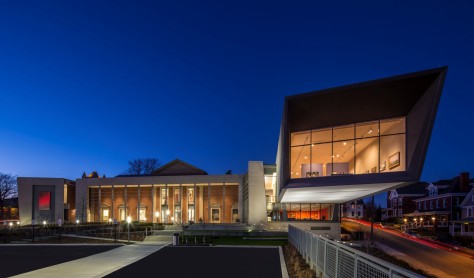
Judith O’Toole, the Richard M. Scaife Director/CEO remarks, “After years of planning and construction, we are so pleased that The New Westmoreland is the museum we have always hoped it could be. The transformation of the existing building, with its seamless integration of new and restored galleries and the addition of a dramatic east wing, all set in a lush landscape, is breathtaking.”

The Museum’s transformation goes beyond the building itself to the site, where a new landscape and sculpture garden by LaQuatra Bonci Associates extends the Museum beyond the walls of the building to forge stronger connections to the city and the surrounding neighborhood. The design of the new landscape takes its cue from the geometry of the expansion. The expanded building frames the landscape while providing a more transparent backdrop linking interior and exterior and revealing the activity within.

A simple palette of materials and textures — precast concrete, zinc, brick and glass — unifies the expansion with the existing building. At its northern end, and set into the topography of the site, the new brick wing mirrors the west wing to secure the symmetry of the original building while sponsoring a dramatic new zinc-clad cantilever to the south. Floor-to-ceiling glass offers panoramic views at the angled terminus of the cantilever, which houses both a new temporary and permanent exhibition galleries.

The reinforcement of views to the region and beyond will be heightened as visitors move throughout the building to strategic points within the public spaces and gallery sequence, serving to further contextualize the Museum’s permanent collection. Perpendicular to the new wing is a new south façade that visually frames the original brick building with a two-story colonnade of slender paired columns along its entire length. At the western end of the building, an angled pre-cast plane frames a commissioned sculpture by Tim Prentice, forming a focal point as one approaches the building from downtown along Main Street.
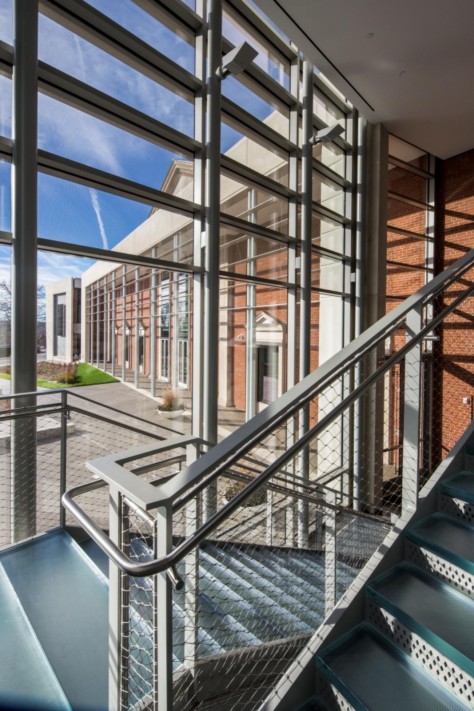
A subtle, angled opening cut into the solid brick plane along the Main Street façade filters light into the building and suggests of the geometry of the cantilever and the new gallery sequence. The design reconfigures the interior spaces of the existing Museum to establish a new entry sequence that provides visual access through the building linking north and south entries. A monumental stair connects the renovated lobby to an enlarged group entry and a new vehicular drop-off.

The lobby is framed by a new Museum shop and an introductory gallery. A glass stair set within a new double-height volume leads to the upper level and the cantilever gallery addition. An expanded sequence and range of galleries with views to the exterior unifies the interior spaces and connects the collection to its context. Additionally, a series of small-scale interventions within the existing building reinforces the underlying geometric language of the cantilever addition.

Other spaces within the renewed Museum include a studio for children’s programs, a multi-purpose space for concerts, lectures, community gatherings and private events, as well as an informal café and consolidated administrative offices to foster interaction amongst the staff. Sustainability is integral to the project, with state-of-the-art mechanical systems incorporated throughout, along with enhanced daylighting and views, locally-sourced materials and a substantial reduction of exterior hardscape with the creation of the sculpture garden.

Use of native and adaptive plantings eliminates the need for irrigation. The addition is designed to achieve LEED Silver certification. “It had always been our aim to create a building that enhances the Museum’s position as a 21st-century beacon for the arts — both in the local community and as a revived cultural icon for the region at large,” states Ennead partner Timothy Hartung. “Having grown up in the area,” he adds, “it is also a personal honor to return and to be part of The Westmoreland’s future.” Source by Ennead Architects.

Location: Greensburg, Pennsylvania, USA
Architects: Ennead Architects
Design Partner: Susan T. Rodriguez FAIA
Management Partner: Timothy Hartung FAIA
Project Manager: Joshua Frankel AIA
Project Architect: Colin Davis AIA
Senior Technical Designer: Gary Anderson AIA
Project Team: Jesica Bello, Rebecca Dion, Brad Groff AIA, Dalia Hamati, Kate Kulpa AIA, LEED AP, Joerg Kiesow, Brian Masuda AIA,
Nikita Payusov, Jacob Reidel
Structural: Robert Silman Associates
MEP / FP: Altieri Sebor Wieber
Lighting: Brandston Partnership
Civil: H.F. Lenz Company
Elevator: IROS Elevator
AV / IT / Acoustics / Security: The Sextant Group
Sustainability: YR & G
Specifications: Construction Specifications, Inc.
Landscape: LaQuatra Bonci Associates
Life Safety: Hughes Associate Inc.
Cost: Blundall Associates, Inc.
Construction Manager: Spaulding Banks Project Management, Inc.
Year: 2015
Photographs: Roy Engelbrecht, Aislinn Weidele Ennead Architects, Jonathan Nakles, Courtesy of Ennead Architects




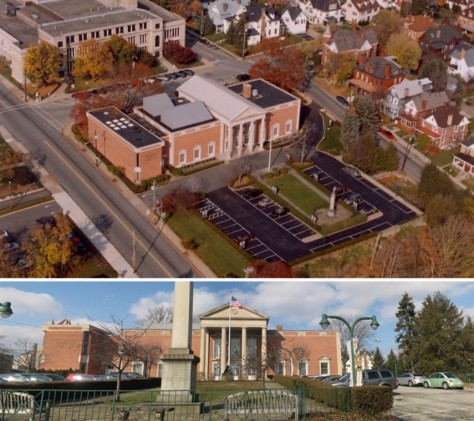









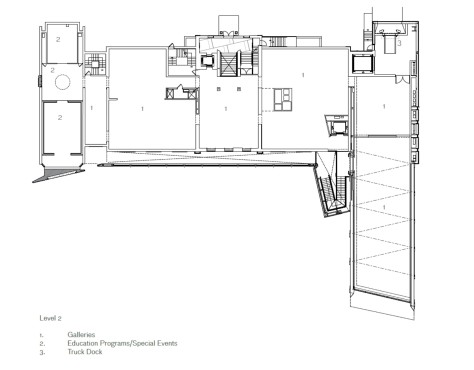
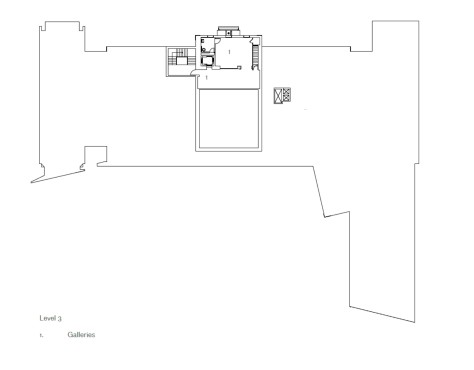



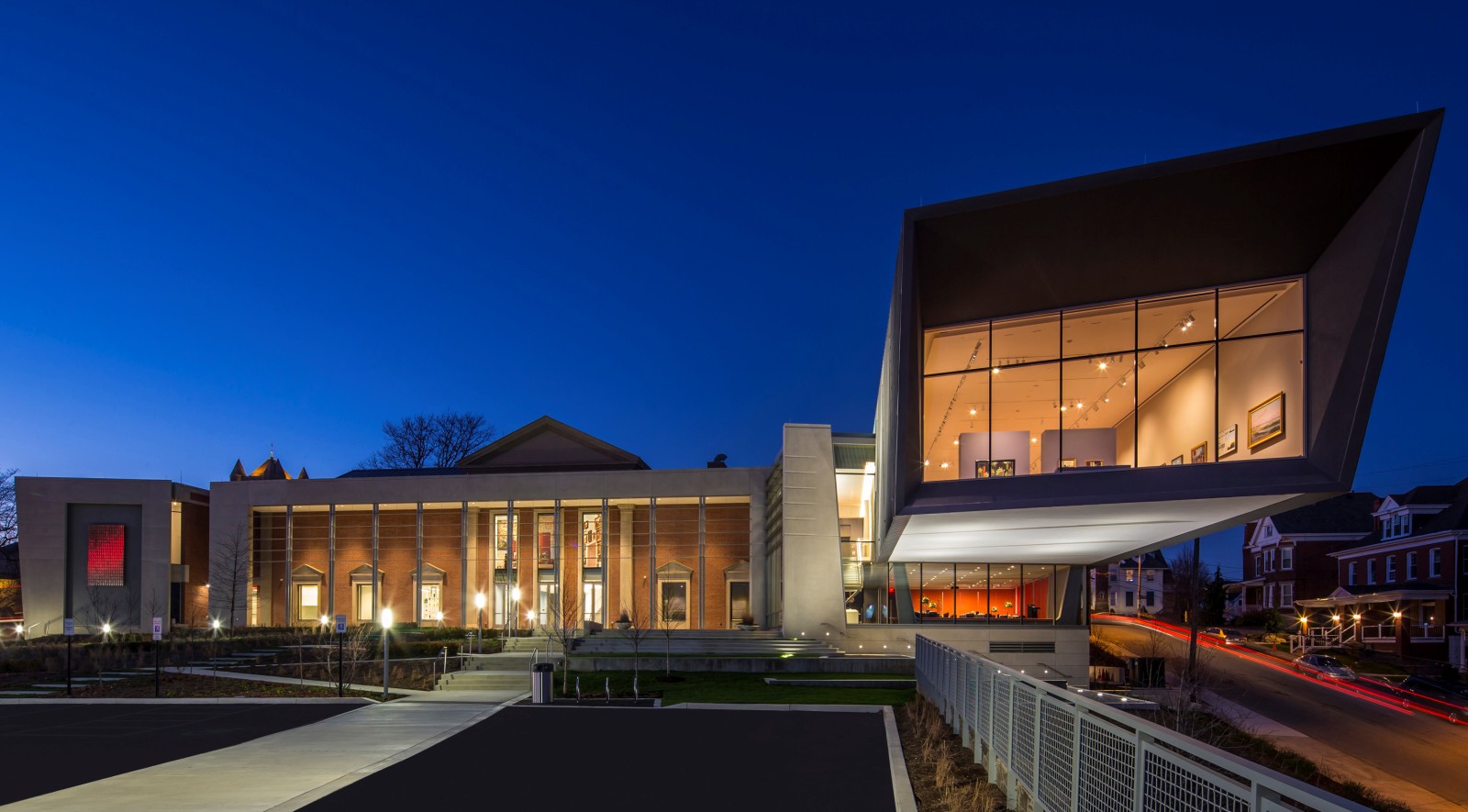
Hello there, I?ve read a few just right stuff here. Certainly worth bookmarking for revisiting :-). I surprise how much attempt you place to create any such magnificent informative web site, Nice JOB!.